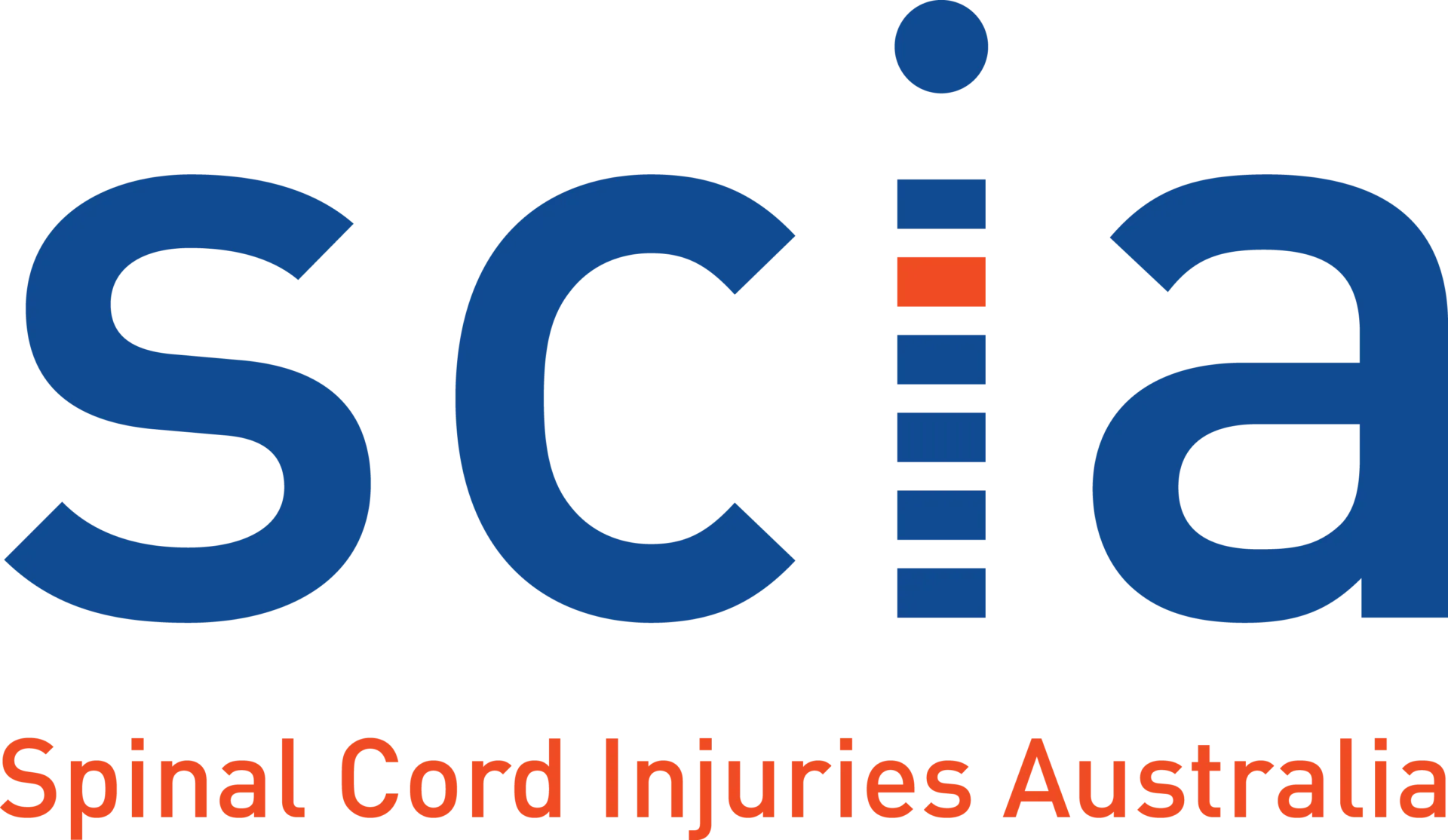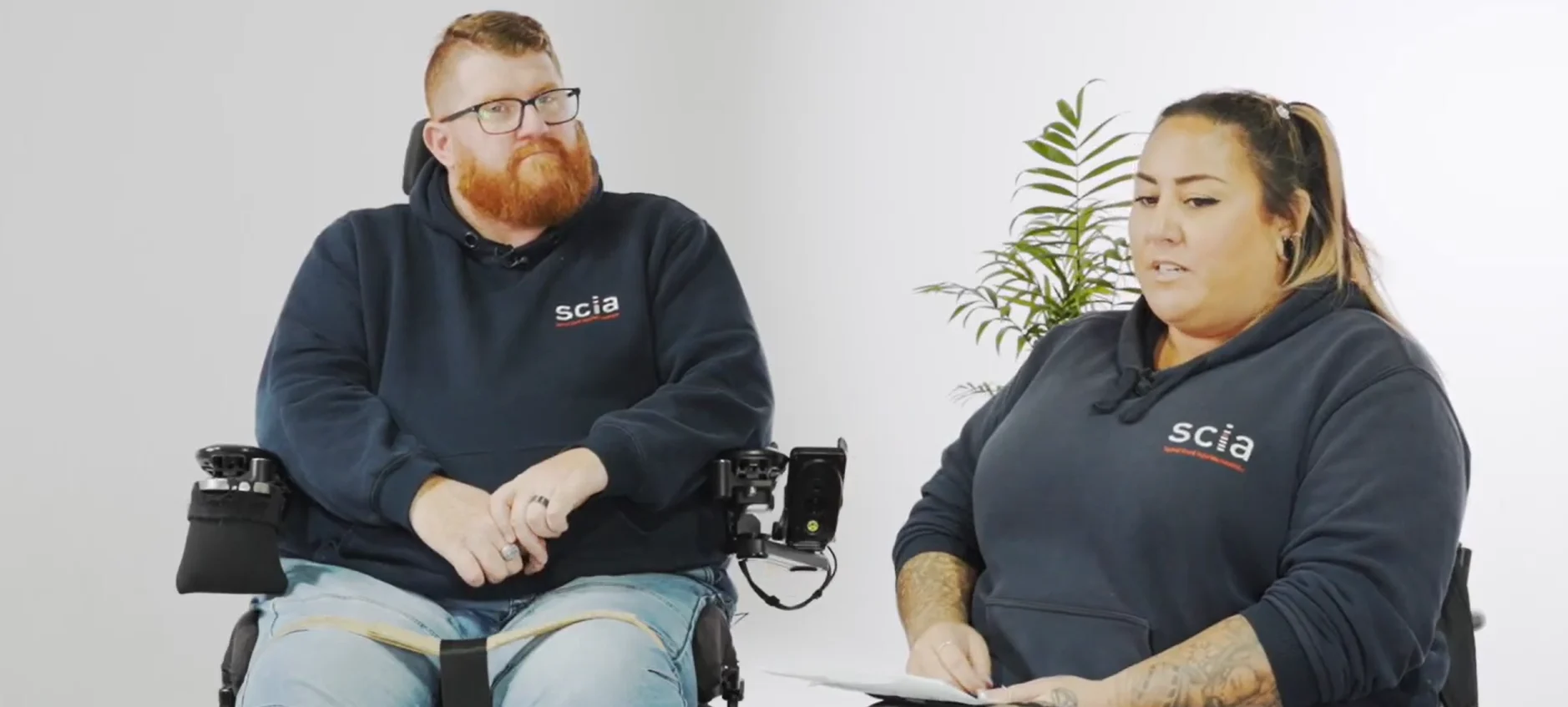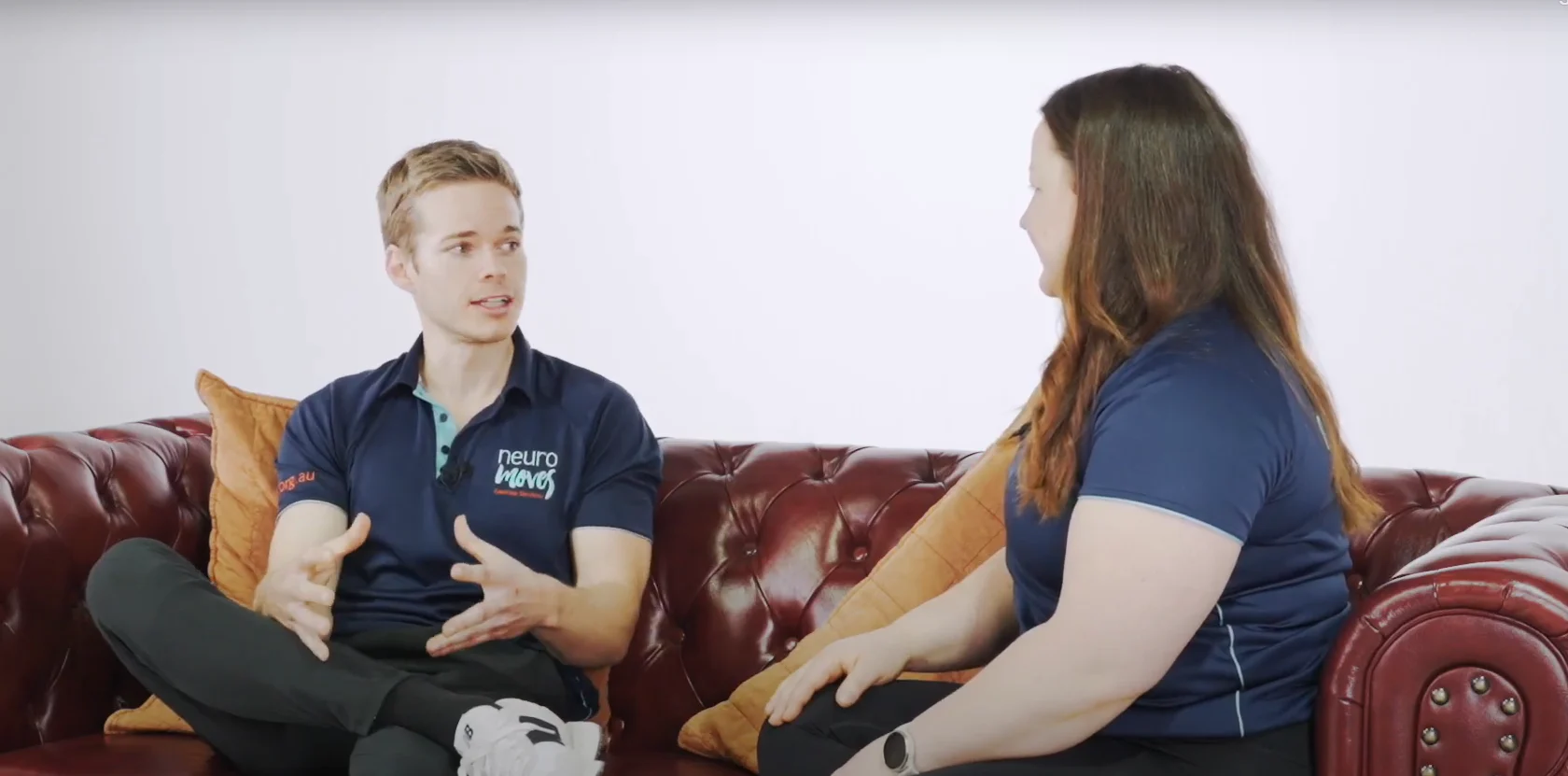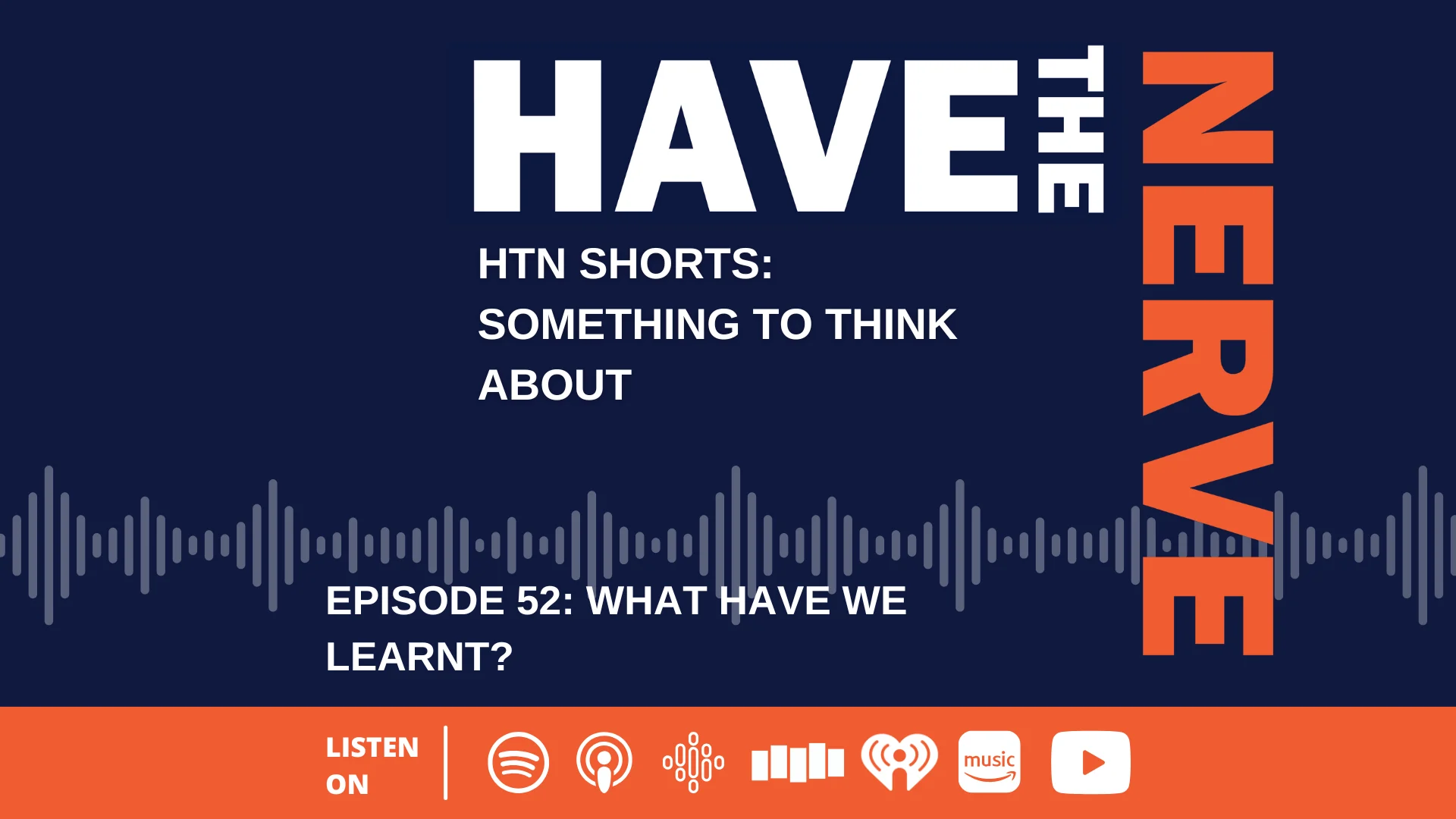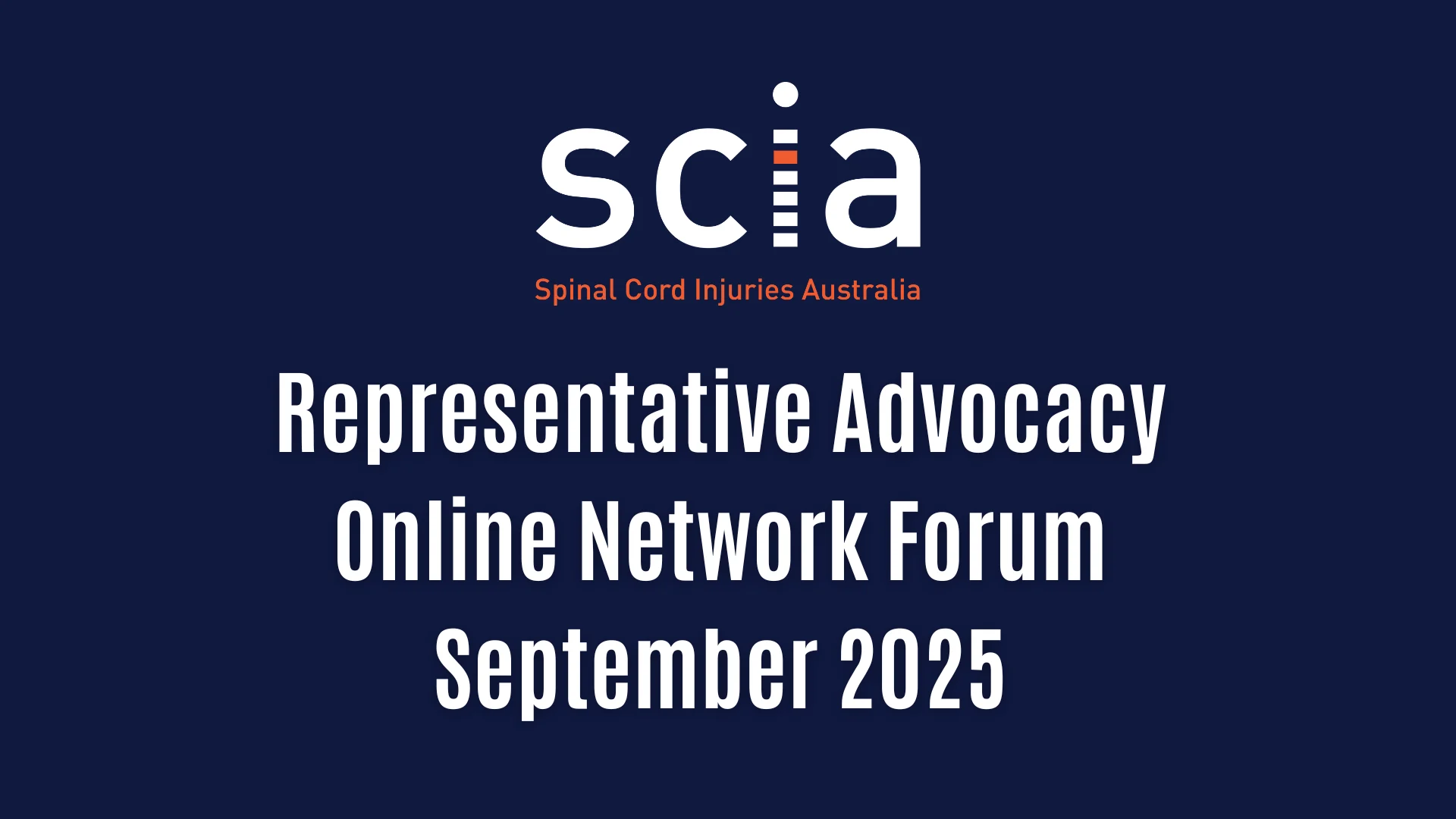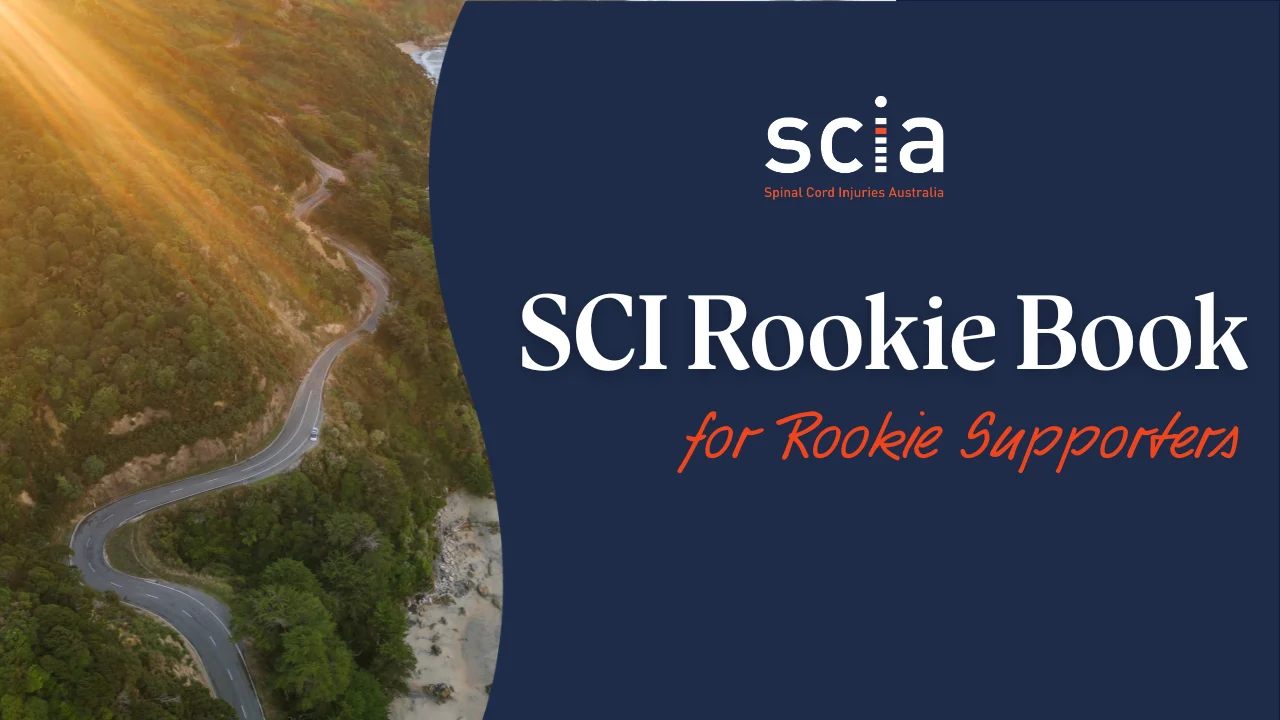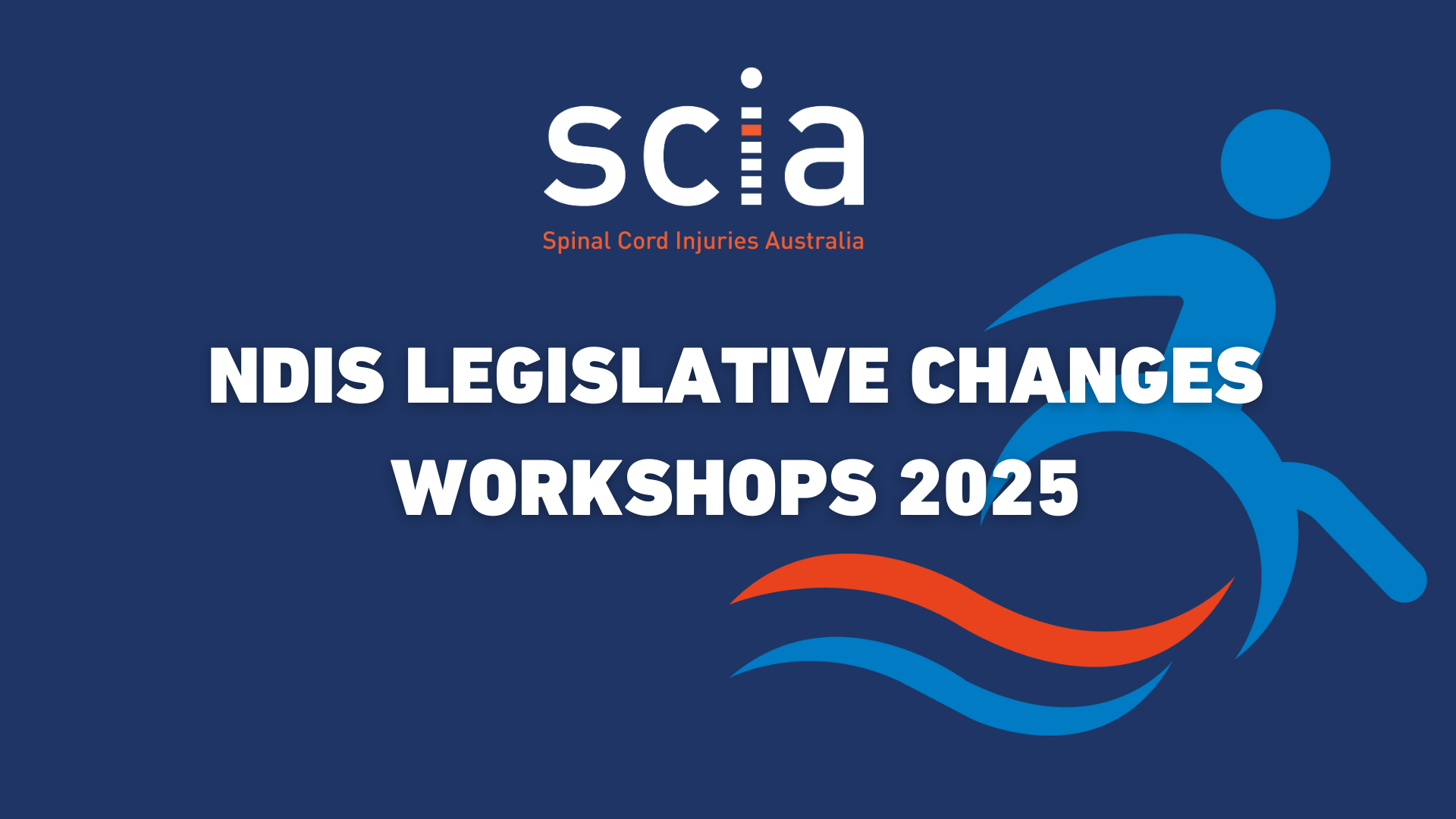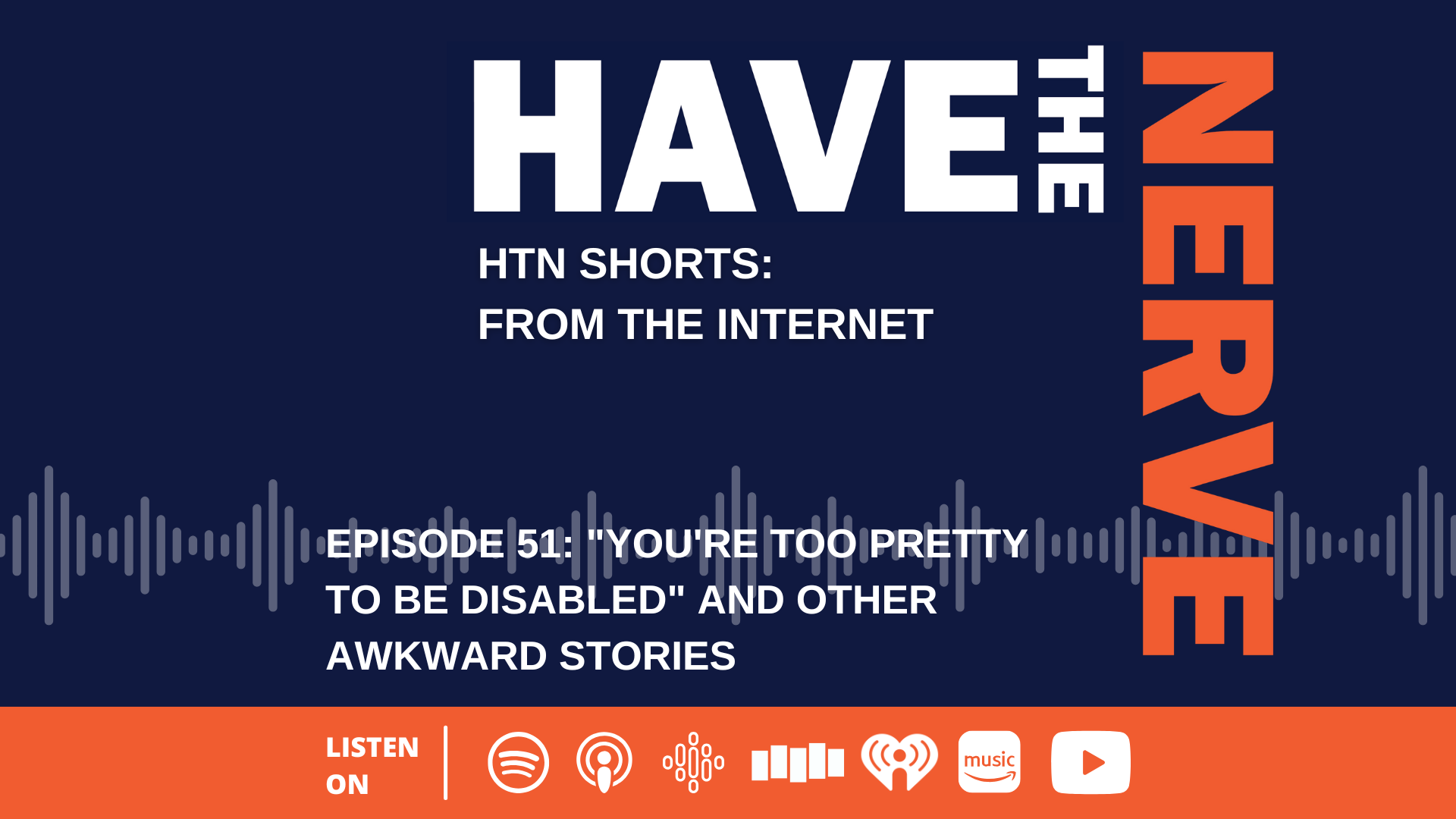The Discrimination Toolkit is compiled by Central Tablelands and Blue Mountains Community Legal Centre, Kingsford Legal Centre and the Legal Aid Commission of NSW.
The toolkit is structured with 5 sections including:
- Discrimination basics to help you work out if you’ve been unlawfully discriminated against and whether you might have grounds for a discrimination complaint.
- What you can do about discrimination, which looks at the legal and non-legal options for dealing with discrimination and gives you some guidance about how to decide what is best for you. This section also takes you through the steps involved in making and running a discrimination complaint.
- Courts and tribunals: What happens if your discrimination case ends up in a court or tribunal. Although most discrimination cases get sorted out before this stage, it’s important to know what is involved if your case does get that far. This section also gives you some basic information on court procedures and rules.
- Getting help: Learn how you can get legal representation or advice. It has a list of contacts for legal and non-legal help, and places where you can get more information about discrimination if you need it.
- Glossary: Gives definitions of some of the legal words you will come across if you are making a discrimination complaint.
Visit LegalAid NSW to read the Discrimination Toolkit. Our Policy and Advocacy Individual Advocacy and NDIS Appeals team can help you understand how to make a complaint, and assist you with the process.
